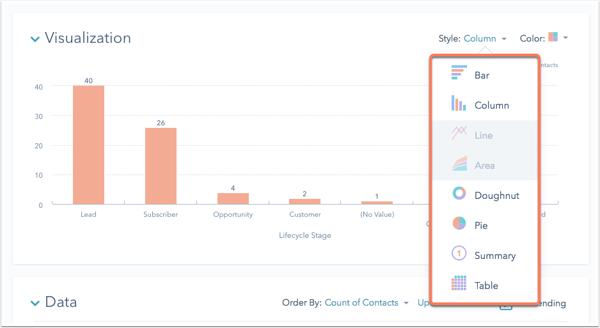7 Digital Marketing Strategies
[/size]
1) Build your buyer personas.For any marketing strategy -- offline or online -- you need to know who you’re marketing to. The best digital marketing strategies are built upon detailed buyer personas, and your first step is to create them. (Need help? Start here with our free buyer persona kit.)
Buyer personas represent your ideal customer(s) and can be created by researching, surveying, and interviewing your business’s target audience. It’s important to note that this information should be based upon real data wherever possible, as making assumptions about your audience can cause your marketing strategy to take the wrong direction.
2) Identify your goals & the digital marketing tools you’ll need.Your marketing goals should always be tied back to the fundamental goals of the business. For example, if your business’s goal is to increase online revenue by 20%, your goal as a marketer might be to generate 50% more leads via the website than you did last year to contribute towards that success.
 3) Evaluate your existing digital marketing channels and assets
3) Evaluate your existing digital marketing channels and assets.
Owned MediaThis refers to the digital assets that your brand or company owns -- whether that’s your website, social media profiles, blog content, or imagery, owned channels are the things your business has complete control over.
Earned MediaQuite simply, earned media refers to the exposure you’ve earned through word-of-mouth. Whether that’s content you've distributed on other websites (e.g., guest posts), PR work you’ve been doing, or the customer experience you've delivered, earned media is the recognition you receive as a result.
Paid MediaPaid media is a bit self-explanatory in what its name suggests -- and refers to any vehicle or channel that you spend money on to catch the attention of your buyer personas. This includes things like Google AdWords, paid social media posts, native advertising (like sponsored posts on other websites), and any other medium for which you directly pay in exchange for visibility.
4) Audit and plan your owned media.At the heart of digital marketing is your owned media, which pretty much always takes the form of content. Every message your brand broadcasts can generally be classified as content, whether it’s your ‘About Us’ page, your product descriptions, blog posts, ebooks, infographics, or social media posts. Content helps convert your website visitors into leads and customers, and helps to raise your brand’s profile online -- and when it's optimized, it can also boost any efforts you have around search/organic traffic.
5) Audit and plan your earned media.Evaluating your previous earned media against your current goals can help you get an idea of where to focus your time. Look at where your traffic and leads are coming from (if that’s your goal) and rank each earned media source from most effective to least effective.
6) Audit and plan your paid media.This process involves much of the same process: You need to evaluate your existing paid media across each platform (e.g., Google AdWords, Facebook, Twitter, etc.) to figure out what’s likely to help you meet your current goals.
7) Bring it all together.You’ve done the planning and the research, and you now have a solid vision of the elements that are going to make up your digital marketing strategy. Here’s what you should have so far:
1.Clear profile(s) of your buyer persona(s)
2.One or more marketing-specific goals
3.An inventory of your existing owned, earned, and paid media
4.An audit of your existing owned, earned, and paid media
5.An owned content creation plan or wish list
Now, it’s time to bring all of it together to form a cohesive strategy document. Let’s revisit what digital strategy means: the series of actions that are going to help you achieve your goal(s) using online marketing.
source :
https://blog.hubspot.com/marketing/digital-strategy-guide